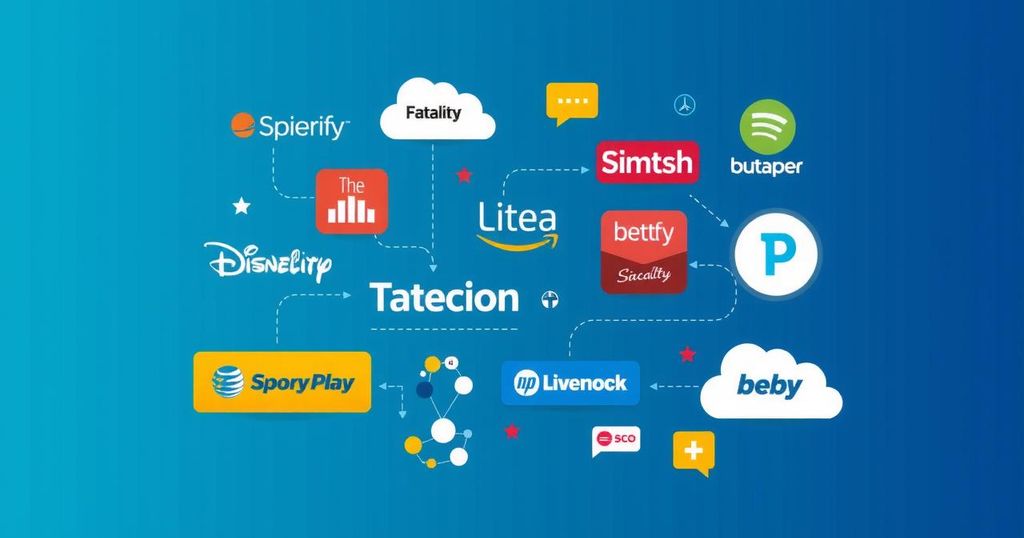The article discusses how recent tech layoffs present opportunities for professionals to pursue fractional freelance jobs, highlighting the growth in demand for skilled freelancers. It provides guidance on finding opportunities and establishing competitive rates while underscoring the benefits of flexibility and varied experiences in freelancing. Furthermore, it stresses the importance of proactive engagement with potential employers and offers insight into key factors influencing freelance compensation.
The recent layoffs across major technology firms have created both challenges and opportunities for professionals in the field. While being laid off can bring uncertainties, it also opens avenues for individuals to pursue fractional freelance positions, commonly defined as part-time or project-based roles. This type of work status is increasingly attractive for those seeking greater flexibility in their professional lives, especially during transitional periods between full-time employment. Runar Reistrup, CEO of YunoJuno, notes that their platform has seen a substantial increase in freelance work, with a 60% booking surge in 2023, leading to over $1.5 billion in earnings for freelancers. This trend highlights the growing demand for skilled freelance workers as companies adapt to shifting economic conditions without necessarily increasing permanent staff levels. As Reistrup states, “Freelancers continue to prove themselves as a highly-skilled, adaptable, and resilient segment of the workforce.” To find opportunities, professionals can target recently funded startups that are often in need of fractional freelancers due to rapid growth. Web resources like Crunchbase and investment news publications can aid in discovering these companies. Searching for startups that have received funding (Series A or higher) can reveal potential projects for freelancers looking to engage their skills. Additionally, it is essential to connect with key decision-makers within these organizations, as they hold the authority to hire. Ensuring timely outreach is crucial; many hiring decisions may occur shortly after funding rounds. Professionals are encouraged to approach potential employers proactively to inquire about opportunities. Choosing to freelance has its advantages: the ability to select projects that match one’s interests, gaining diverse experiences in various roles, and often receiving competitive compensation. Freelancers can set their rates based on experience and skills, using common benchmarks to guide their pricing strategy effectively. Suggested rates for U.S. freelancers vary from $40 per hour for junior roles to over $300 for highly experienced professionals. In the UK, rates typically range from £25 to £200 depending on the experience level. Factors influencing these rates include experience, specialization and complexity of roles, demand for particular skills, geographic location, and the freelancer’s personal reputation. Portfolio companies prioritize proven expertise and adaptability in freelancers. Clear communication skills and the ability to utilize remote collaboration tools are vital for successful engagements. Establishing a results-oriented mindset and demonstrating previous successes can further elevate a freelancer’s appeal in today’s competitive environment.
The article addresses the rising trend of fractional freelancing, particularly in the context of tech professionals facing layoffs from major companies. It explores how economic shifts can lead individuals toward flexible work arrangements, providing both freedom and opportunities to build diverse portfolios. Additionally, it highlights the increased demand for freelance talent as companies seek to enhance productivity without expanding their permanent workforce. Moreover, it offers actionable advice on how to source freelance opportunities, recognize competitive compensation frameworks, and adapt to the evolving job market post-layoffs. The article showcases the potential benefits of freelancing for those transitioning from conventional employment, emphasizing strategies for effective engagement with potential employers and understanding market pricing for various skills.
In conclusion, the recent layoffs within the tech sector have positioned fractional freelancing as a viable alternative for professionals seeking new opportunities. By focusing on targeted outreach towards recently funded companies and understanding market rates, individuals can strategically navigate their careers. The flourishing freelance economy, bolstered by the flexibility and demand for specialized skills, provides a promising path for talented professionals during uncertain times.
Original Source: www.freelanceinformer.com

Leave a Reply